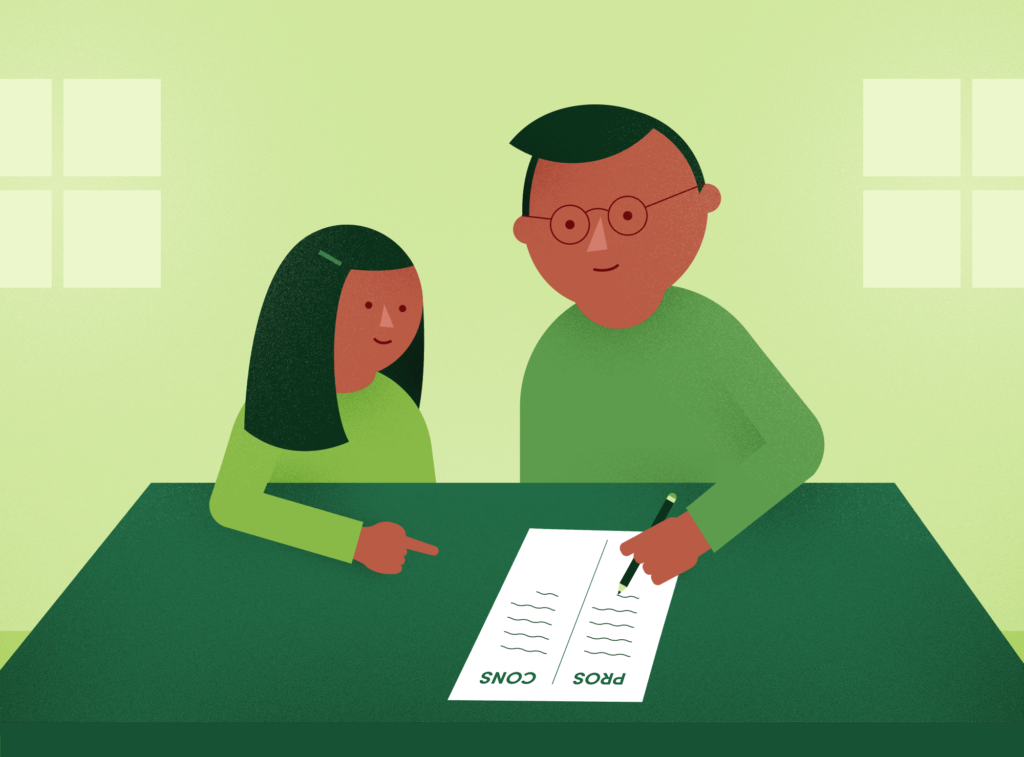
I was about 10 years old when my parents decided to move our family across town. Why?
I had no idea. I don’t think my older brother and sister had a clue, either. The decision was announced one night at dinner and, without discussion or debate, the three of us learned that we’d be packing up our house, changing schools, and settling into a new neighborhood within the month.
As a little girl, I had very little visibility into the choices my parents made for themselves and for the family. Though my dad was happy to talk to me about chemistry and my mom would have sacrificed anything for my benefit, the process by which they arrived at life’s big decisions was a mystery.
Instead of sharing their thinking, Mom and Dad would sit alone at the kitchen table, whispering to each other in Mandarin. Whether it was just easier to think in their native tongue, I don’t know, but it also seemed strategic. Children were not active decision makers in our family.
As I got older, things changed. I listened to my parents debate whether to buy a new car, how they were going to vote that November, and which relative should host Thanksgiving.
By the time I was in high school, my dad showed me the decision-making process he used at work—writing down pros and cons on a sheet of paper, along with the assumptions behind them, questioning everything before arriving at an answer.
New research shows that you can learn to be a better decision maker by watching other people navigate their choices. Reading about rules and strategies is one thing, but observing someone else apply them in real life is far more effective. And who better to model the process for young people than their parents and teachers?
When it came time to raise my own children, my husband and I gave them a front-row seat to our decision making. No, we didn’t make family decisions by referendum. But yes, we listened to what our kids had to say if they wanted to share their point of view.
Don’t make all of life’s big decisions behind closed doors.
Do talk openly about decisions and how you’re thinking them through. Show kids how you consider multiple options before making a choice. Let them see you weigh pros and cons, debate risks and probabilities. For more ways to model, celebrate, and enable good decision making, check out our new Decision Making Playbook by Carey Morewedge.
With grit and gratitude,
Angela
